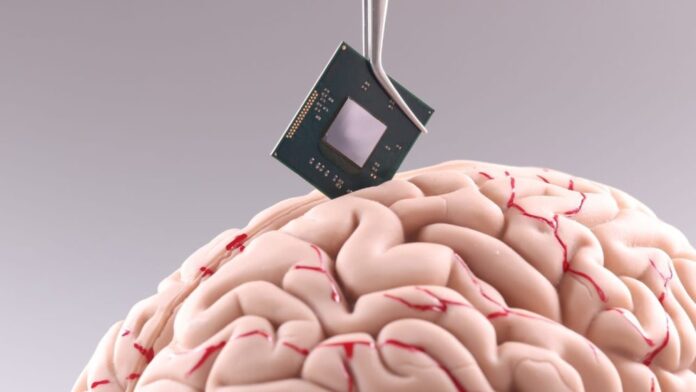According to Agence France-Presse (AFP), recent progress in neurotechnology, specifically brain implants and scans, raises concerns about the intrusion of artificial intelligence into the private realm of human thoughts. Mariagrazia Squicciarini, an economist from the United Nations Educational, Scientific, and Cultural Organization, compares this situation to the amplification of neurotech capabilities.
As the field of neurotech advances in conjunction with artificial intelligence, some experts advocate for cautious deliberation. Gabriela Ramos, UNESCO’s assistant director general for social and human sciences, emphasizes the potential for “profound and potentially harmful” consequences stemming from this technology, as highlighted in her discussion with AFP.
Ramos said:
We are on a path to a world in which algorithms will enable us to decode people’s mental processes and directly manipulate the brain mechanisms underlying their intentions, emotions, and decisions.
UN officials suggest that while neurotechnology has the potential to revolutionize lives, it may also come with significant drawbacks. UNESCO engaged in a conversation with Hannah Galvin, an individual with epilepsy who had a brain implant as a neurotech device to detect seizures and notify her to take precautions by lying down.
Unfortunately, Galvin’s experience with the device was far from positive. Instead of assisting her, the implant worsened her condition. She endured up to 100 seizures each day, and the device relentlessly triggered false alerts in response.
Galvin, who later had the device removed, told UNESCO:
I felt like there was someone in my head, and it wasn’t me. And I just got more and more depressed. I didn’t like it at all.
However, as reported by AFP, Squicciarini acknowledges that while the technology may have adverse effects for some individuals like Galvin, it holds the potential to be “extraordinary” for others. For instance, it could offer the possibility for visually impaired individuals to regain their sight or enable those with paralysis to regain their ability to walk. The transformative potential of neurotechnology in these cases cannot be overlooked.







